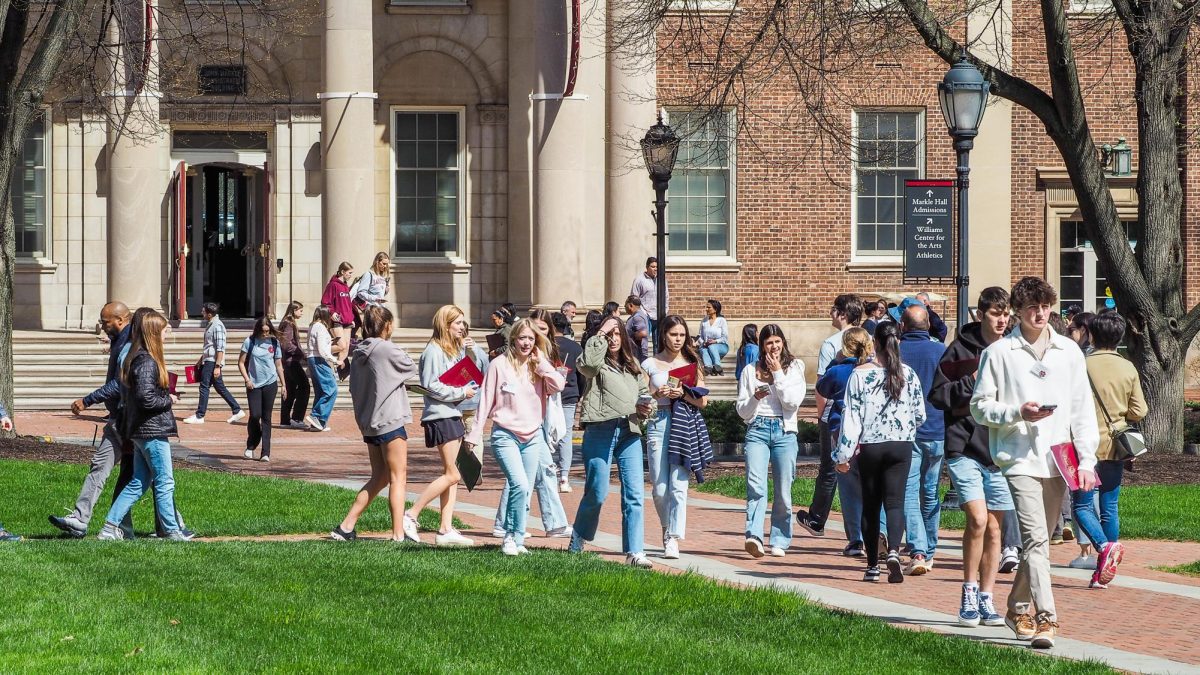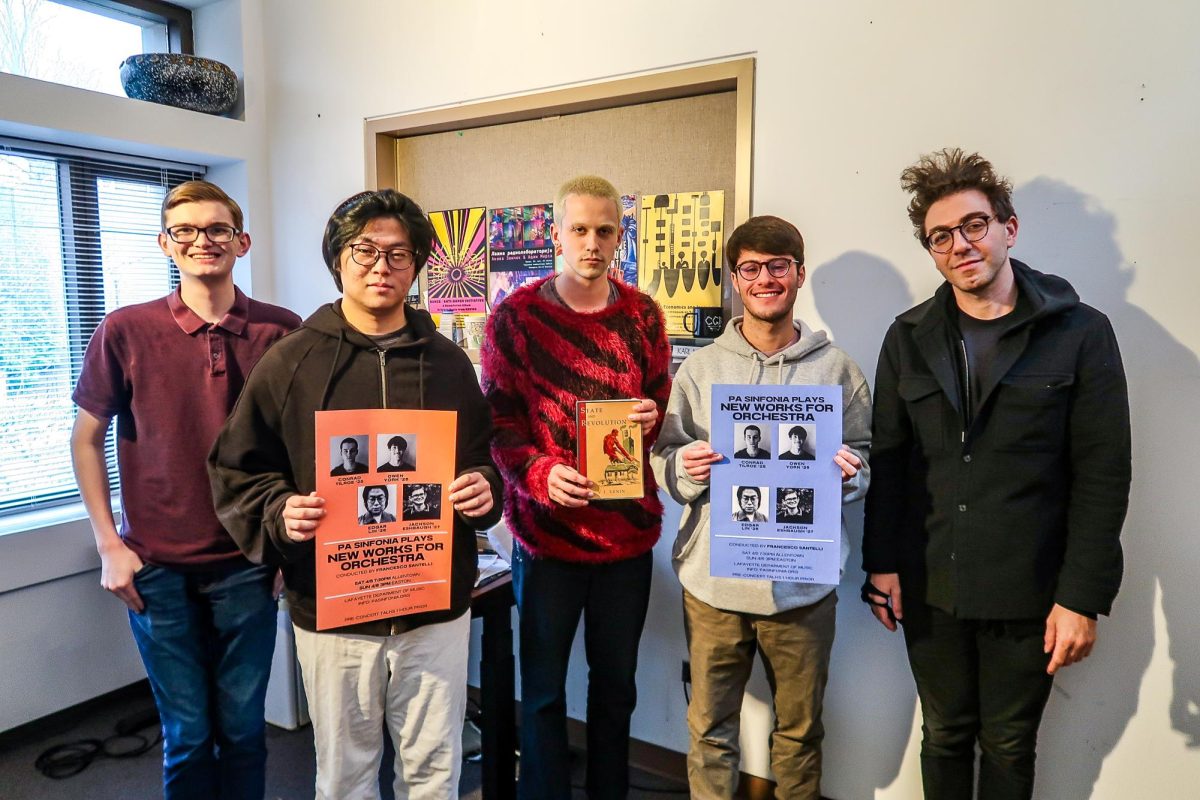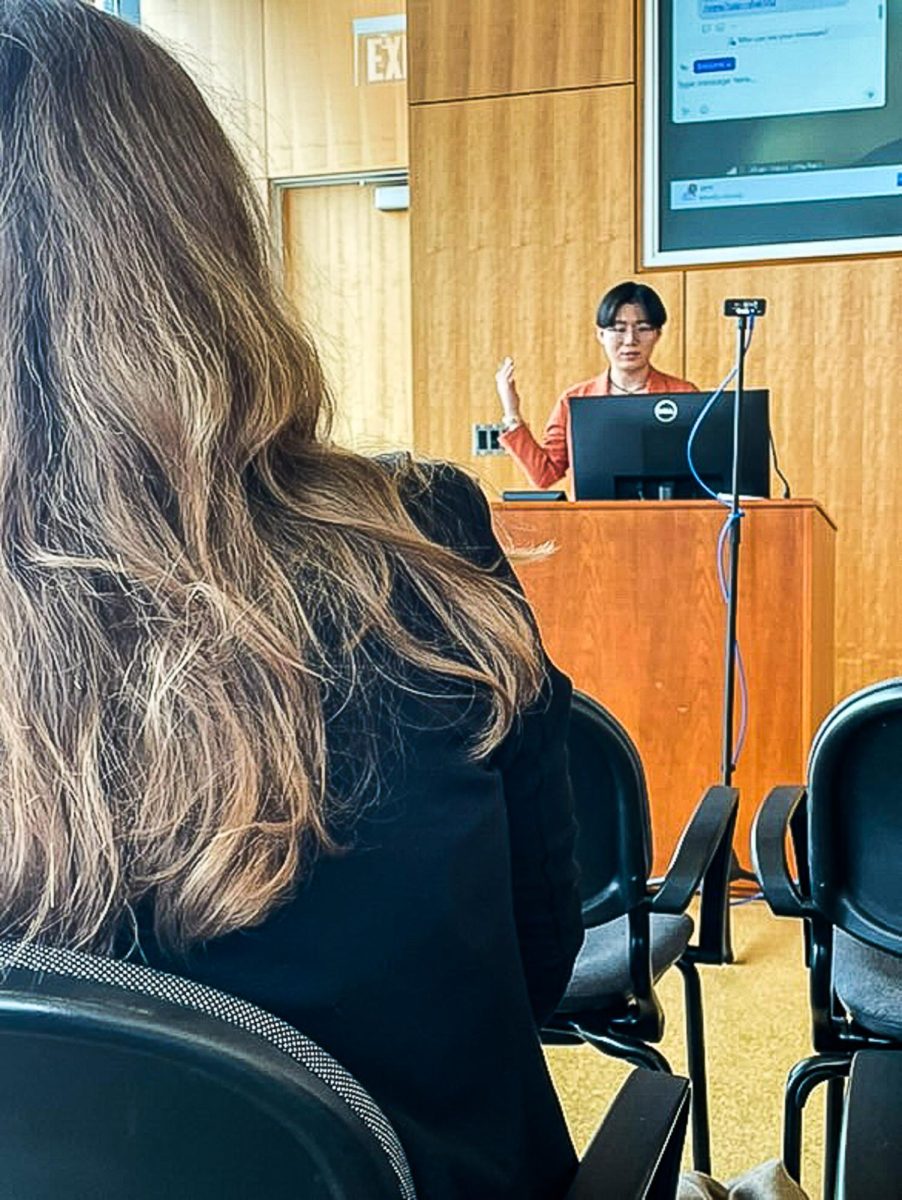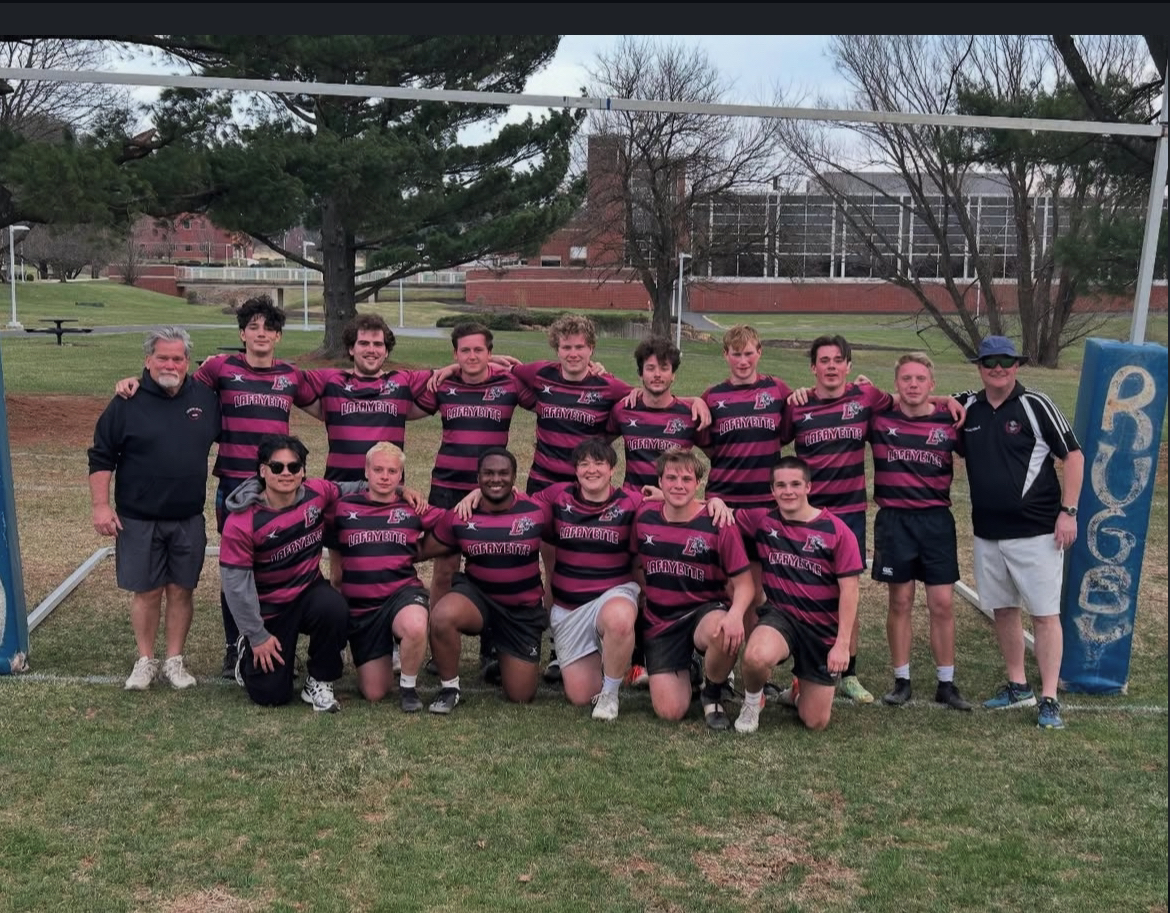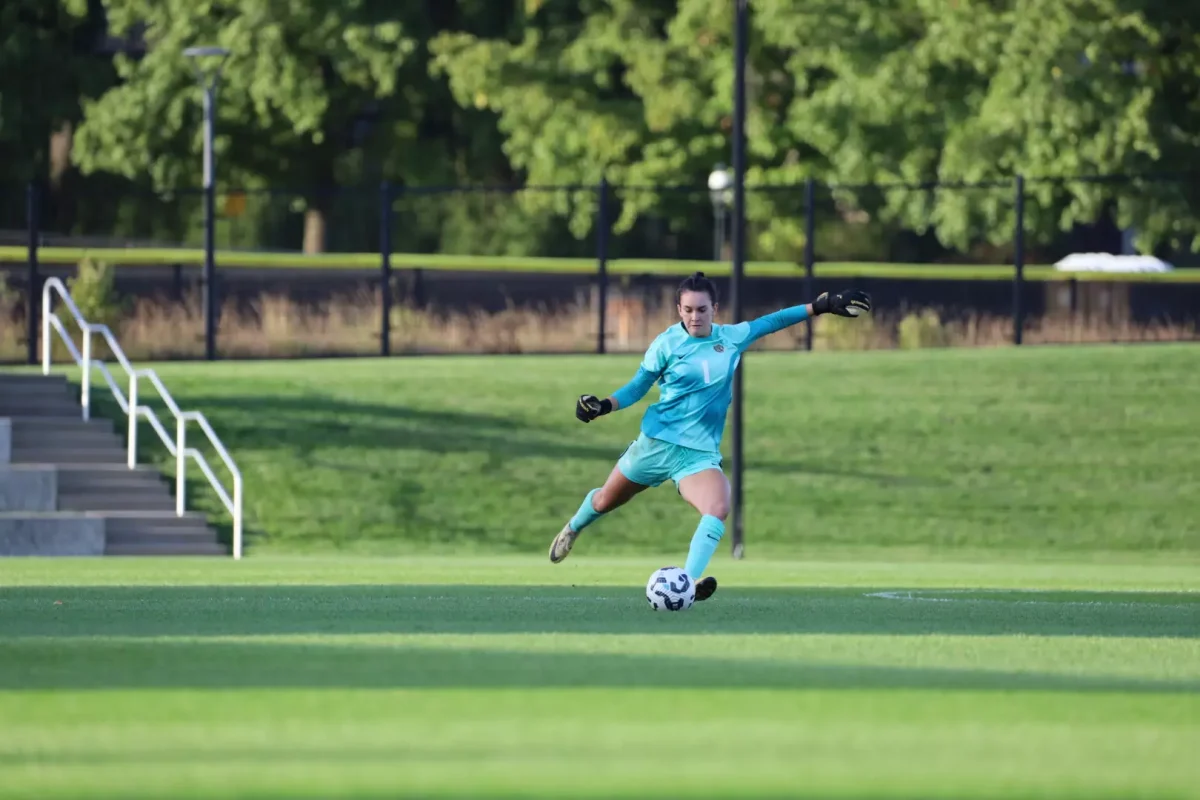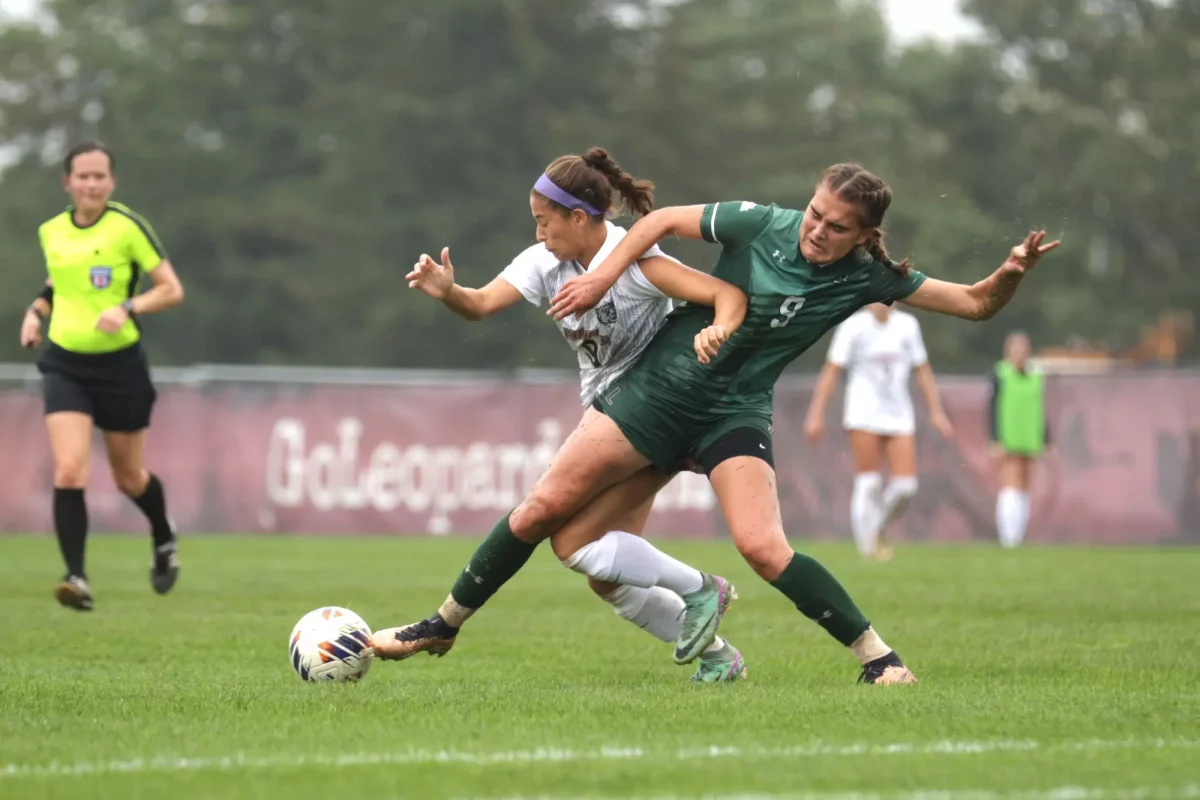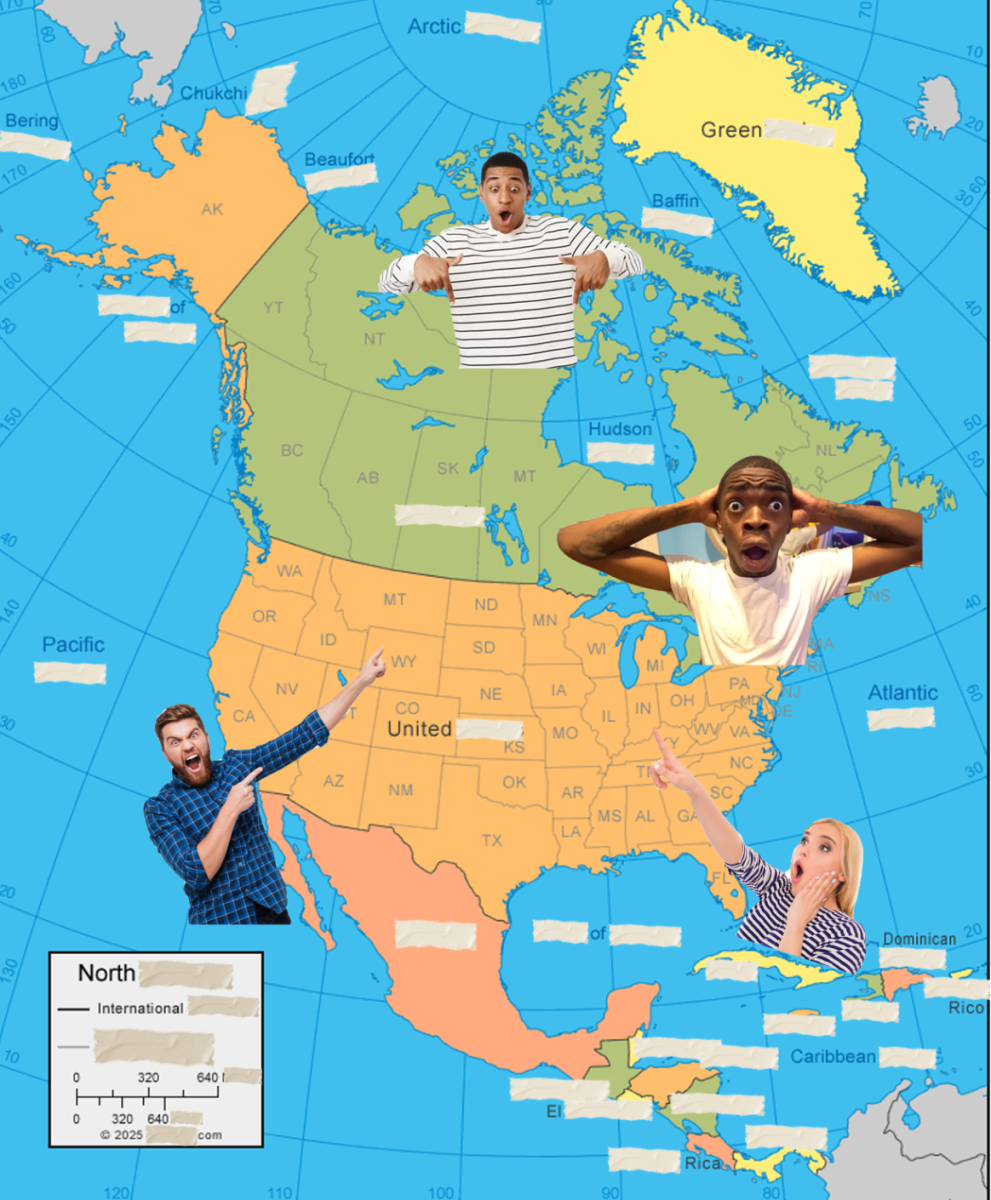In the early hours of the morning last Friday, a group of 40 Lafayette students and faculty piled into a bus and made the drive to New York City to attend the eighth International Day of Women and Girls in Science (IDWGIS) Assembly at the United Nations (UN).
The group joined hundreds of other women in attending several discussion panels hosted by prominent women scientists, activists and political figures, covering a range of sustainability-minded topics.
The UN adopted IDWGIS as an annual observance in 2015. The assembly occurs every year at the UN Headquarters in New York. This year, the eighth assembly of the event was co-organized by the Permanent Missions of Chile, Lebanon, Malta, Poland, Portugal, the Philippines, Rwanda, Slovakia and Spain alongside the Royal Academy of Science International Trust (RASIT), an organization focused on supporting and strengthening the influence of science in the sustainable development of society.
The day aims to unite women and girls in science and connect them with the international community, “strengthening the ties between science, policy, and society for strategies oriented towards the future,” according to the event’s website.
For Olivia Zoretic ‘24, who documented her full experience of the event through a takeover on the Lafayette Office of Sustainability Instagram account, sitting in on the panels and listening to the invited leaders speak was inspiring.
“It was really interesting to see that … it’s not just people with power or people with money. It’s people who actually have an impact and [who are] doing this for their jobs,” Zoretic said.
The invitation to the event was initially circulated through Lafayette’s engineering department, where it was offered as a first come, first serve opportunity for 20 people. As interest in the event increased across campus, the capacity of the program was almost doubled to better accommodate the unexpected enthusiasm. From engineers and international affairs majors to women’s, gender and sexuality studies professors, the final group was sourced from across a wide variety of disciplines.
Sarah Heberlig ‘26, a neuroscience major who heard about the program through a friend working in the Hanson Center, said that the highlight of the event was a conversation hosted by a group of blind women in science, all fellows for the organization Science in Braille.
“It was incredible,” Heberlig said. “They talked about the struggles and adversity they had faced and the ways that they still managed to do such incredible things, and that was just so inspiring.”
For Angela Busheska ‘25, spending the day with a large group of Lafayette’s women STEM majors was a refreshing experience.
“Because I’m majoring in electrical engineering and computer science, I’m constantly in very male-dominated spaces, and [I] unfortunately don’t have the opportunity to be alongside a lot of women,” she said. “[This] was like, I would say, a networking slash friendship opportunity to get out of our own bubbles of homework and assignments and exams and meet a lot of cool people.”
Several of the Lafayette students who attended were able to meet and take pictures with RASIT executive director Dr. Nisreen El-Hashemite, an Iraqi princess.
According to Busheska, El-Hashemite requested all the women wear jeans, different from the typical business wear expected at UN conferences. Busheska said this was “to signify the importance of how girls can wear jeans,” an idea that is contested in some parts of the world.
The UN holds several events like IDWGIS a year, specifically targeted toward students and younger generations.
“I think we should try to get involved in more UN opportunities,” Zoretic said. “I think it’d be a really interesting opportunity for students.”


